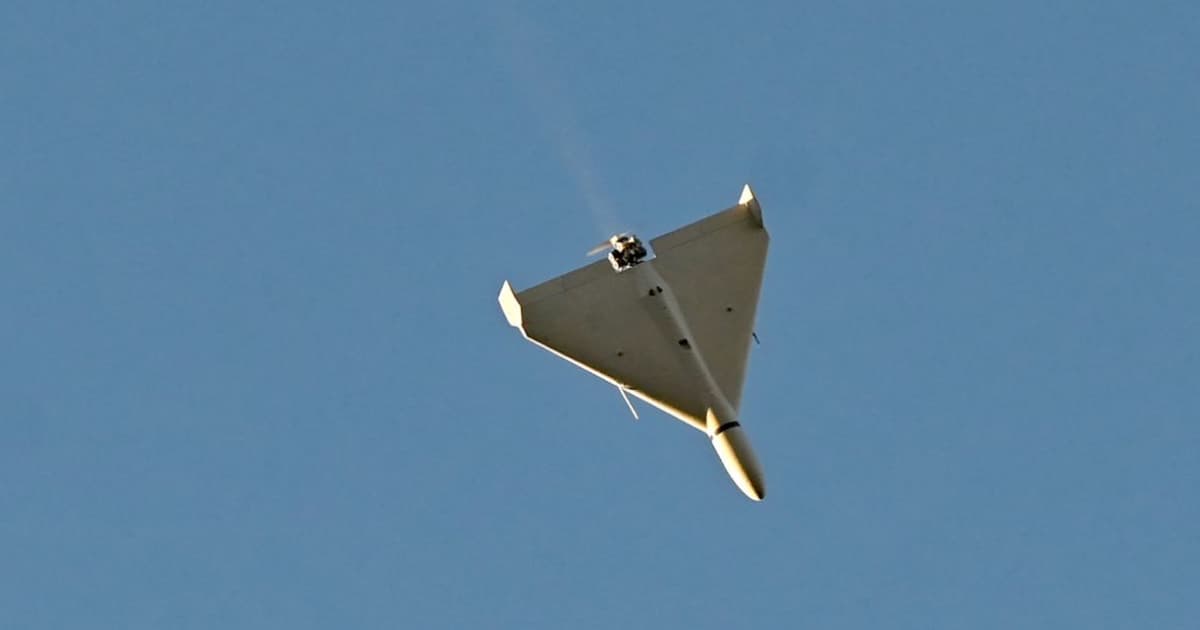Iran is likely modifying the attack drones it provides to Russia so that explosive warheads can cause maximum damage to Ukraine's infrastructure

CNN cites a report by the British organisation Conflict Armament Research, which, together with the Ukrainian military, examined an unexploded warhead from an Iranian Shahed-131 drone found in the Odesa region.
Analysts believe the warheads were hastily modified with poorly fitted layers of dozens of small metal fragments that on impact, scatter across a large radius.
In addition to the fragments, there are also 18 smaller “charges” around the circumference of the warhead that, when melted by the blast, can pierce armour and create a kind of “360-degree” explosive effect.
The accumulation of those elements essentially maximises the warhead’s ability to shred targets such as power stations, distribution grids, transmission lines and large, high-power transformers. They also make repair efforts substantially harder.
“It’s as though they looked at the finished warhead and said, ‘How can we make this even more destructive?’” researcher Damien Spleeters.


